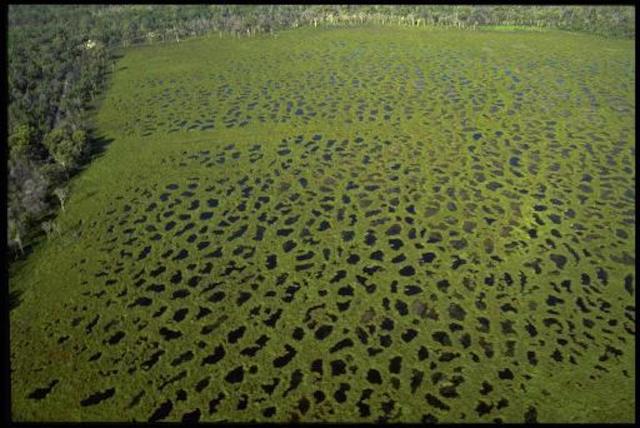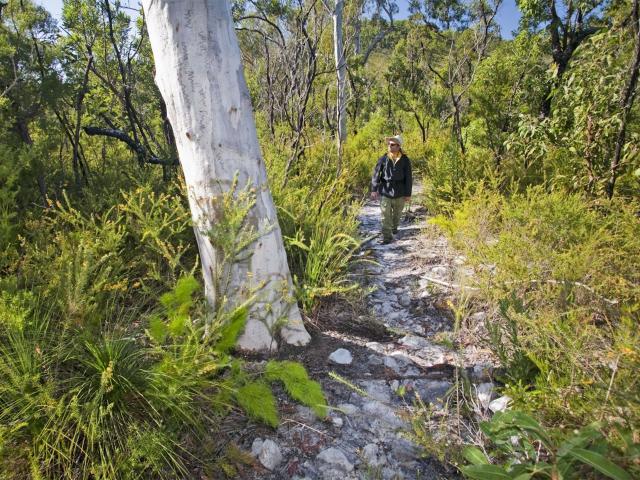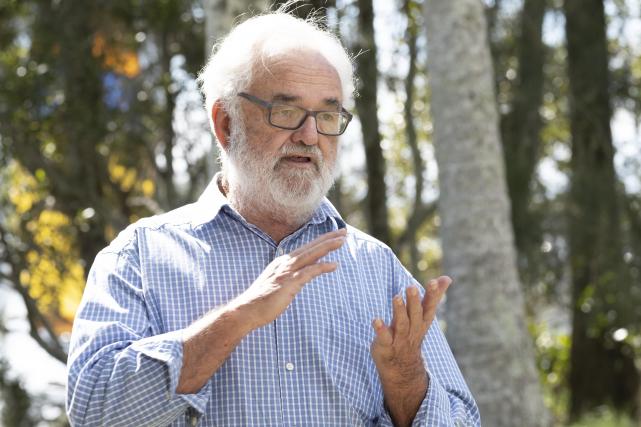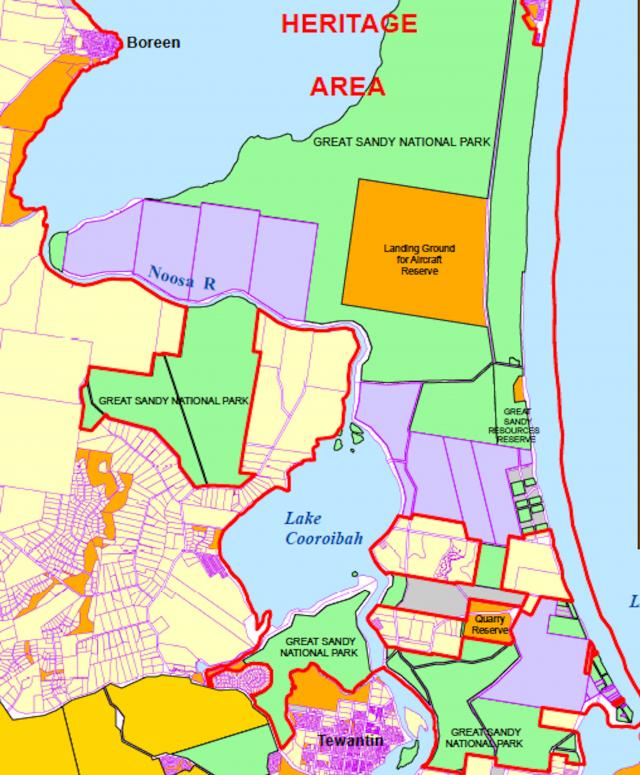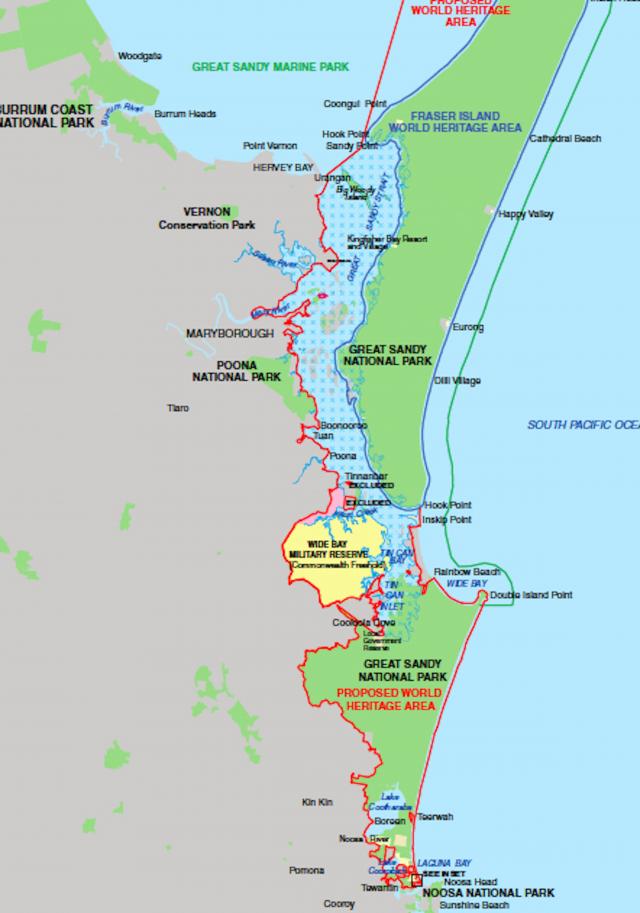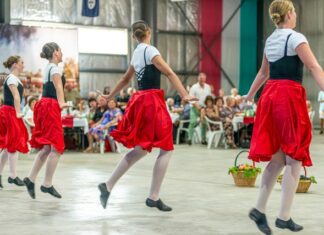After a decade in the wilderness (excuse the pun), World Heritage re-nomination for the Cooloola section of the Great Sandy National Park is very likely to be back on the negotiating table in coming months.
The change of government at last month’s federal election means that for the first time since Campbell Newman’s 2012 election as Queensland Premier, the prospect of Queensland and the nation working together on this issue seems more likely, according to local conservationists.
Back in the early 2000s, the federal and state governments were working together for World Heritage re-nomination of Cooloola, supported by Noosa Council and Noosa community groups including Tourism Noosa, Noosa Biosphere Limited, and Noosa Parks Association. But in 2012 the Newman government backed away from a well-advanced joint Federal-State government nomination, saying the Feds could go it alone if they chose to.
When Tony Abbott led the Coalition to power in 2013, lacking a champion at either the Federal or State level, the re-nomination process went into hibernation.
While the boundaries of the proposed extension are likely to be much the same as they were last time around in 2010, the case for World Heritage has several new elements, chief among them the Kabi Kabi Native Title over the area, expected to be finalised next April.
We’ll examine these in this article, but to understand what World Heritage means to Noosa and to the broader Wide Bay region, you have to go back to the beginning.
When opposition to Fraser Island sand mining began to grow in the early 1970s, the CSIRO’s Division of Soils made the astute decision that the dune systems of Fraser and Cooloola needed to be better understood in order to prosecute a case for protecting them.
According to the late John Sinclair, founder of the Fraser Island Defenders Organisation (FIDO), CSIRO established a team “to examine the dune systems of South East Queensland through the most detailed study ever undertaken”.
Due to budget limitations their testing was confined to Cooloola, and it was on the basis of that research that Fraser Island eventually received World Heritage status although none of the work was tested there. It was only inferred.
So Cooloola’s credentials for World Heritage re-nomination were scientifically established half a century ago, and more recent studies have proven that its World Heritage values are even higher than K’gari/Fraser Island’s.
Noosa conservationists were involved in the Cooloola research from the very beginning, when the leader of the CSIRO team, Cliff Thompson selected Cooloola partly on the basis of the detailed botanical studies carried out by Dr Arthur Harrold, co-founder of the Noosa Parks Association and the leader of a campaign to protect Cooloola from sand mining and pine plantations. Dr Harrold and NPA would remain committed to Cooloola’s preservation right through the World Heritage campaign and beyond.
The World Cultural and Natural Heritage Convention was adopted by UNESCO in 1972 and ratified by 20 countries in 1975, including Australia. That year, with the full support of Gough Whitlam’s Labor government, and before the Cooloola studies had been advanced or the World Heritage Treaty had become operative, the Australian Conservation Foundation proposed that the Great Sandy Region, including Fraser Island and Cooloola and the marine areas surrounding them, be included on the World Heritage List.
According to John Sinclair’s FIDO Backgrounder newsletter of 2013, the controversy over Fraser Island sand mining resulted in entrenched opposition to the proposal from Queensland’s Bjelke-Petersen government, but the ACF funded the preparation of a World Heritage nomination for the region that was written in 1984 by Sinclair himself and Lee Hemmings.
“This showed that the region met all four of the natural criteria for World Heritage when it only had to meet just one. The study was rejected by Bjelke-Petersen who said that he would not support ‘one more inch of Queensland’ becoming World Heritage (after the Great Barrier Reef). That stalled the proposal until there was a change of government in Queensland in 1989,” Mr Sinclair wrote.
“The new Goss Labor Government brought a change in Queensland’s position on
World Heritage, and in 1990 Tony Fitzgerald QC was commissioned to examine the merits of the Great Sandy Region to determine whether a World Heritage nomination should proceed for any or all of the region. The Fitzgerald Commission of Inquiry found that the whole region qualified.
“Both the Australian and Queensland Governments agreed to proceed with the nomination and this was prepared and submitted by December 1991.”
In 1992 Dr James Thorsell was commissioned by the technical advisors to the World Heritage Committee to examine the merits of the Great Sandy Region nomination. “Queensland’s Department of Environment and Heritage made many fundamental blunders in organizing his Great Sandy Region field inspections,” Mr Sinclair said.
“They failed to allow him to meet with many people who strongly supported the inclusion of Cooloola … Instead [he] met with only people opposed to including Cooloola, particularly the Noosa North Shore part.”
After subsequent discussions between Dr Thorsell and Queensland and Federal bureaucrats, the World Heritage nomination was reduced to Fraser Island and the Cooloola National Park only.
But it still wasn’t over.
The Federal Government again revised the nomination without consultation, and when the nomination was considered by the World Heritage Committee in December 1992, only Fraser Island was inscribed.
The one consolation offered to the conservation lobby was that the inclusion of Cooloola would be reconsidered “at another time”.
As we rolled into a new century there was compelling new evidence for Cooloola’s re-nomination, but the rules had changed, both in Australia and at UNESCO.
In Australia it had been decided that there could be only one nomination per year and that it must come from the National Heritage List, while the World Heritage Committee had also slowed down its processes.
But by 2010 the Queensland government was committed and then Environment Minister Kate Jones had released a discussion paper and called for comments on the boundaries. The re-nomination was actually being drafted when Campbell Newman led the LNP to power in 2012.
After nearly a decade of waiting for the right circumstances to recommence the re-nomination process, national, state and Noosa conservationists are more than ready to take up the good fight, and locally, the Noosa Parks Association will be in the thick of it again.
But this time around, there will be some additional dynamics at play.
NPA’s veteran campaigner (and current vice-president) Michael Gloster has been tasked with preparing the campaign on behalf of the NPA leadership group.
“The historic opportunity facing the Noosa community is to build on the solid foundation created a decade ago by the Feds, the State, Noosa Council, Tourism Noosa and NPA, and take the Cooloola World Heritage re-nomination process to the next level” Mr Gloster told Noosa Today.
“A decade ago, the Noosa community was, in the main, supportive of the re-nomination. There were only a few dissenting voices.
“Since then there has been considerable population churn, with a large number of people leaving, and more arriving. Those remaining are likely to, in the main, continue to support the re-nomination.
“[But] it’s going to interesting to see if those who have chosen to call Noosa home over the past decade support it or oppose it. They are well educated and astute lifestyle investors who love what Noosa has to offer.
“It will be interesting to see if they judge that a World Heritage-listed Cooloola National Park will enrich or erode their lifestyle investment. And it will be interesting to see if those favouring it are willing to get involved in making it happen, just as residents since the 1960s got involved in the struggle to have Cooloola National Park created, then progressively extended.”
Mr Gloster also pondered the extent to which the whole Noosa community, regardless of length of residence, treated the Cooloola re-nomination process as “a practical means of reconciliation with the Noosa-Cooloola’s region’s Traditional Owners, the Kabi Kabi First Nations peoples.
“Their consent will be a prerequisite for any re-nomination. Will the Noosa community be supportive of the Kabi Kabi peoples’ aspiration for the future of Cooloola National Park, including their aspiration to progressively co-manage it with Queensland Parks and Wildlife Service?”
“The Cooloola World Heritage re-nomination process is going to provide a once-in-a-generation opportunity for contemporary Noosa to learn more about what it values, the type of future it is willing to work for.”

